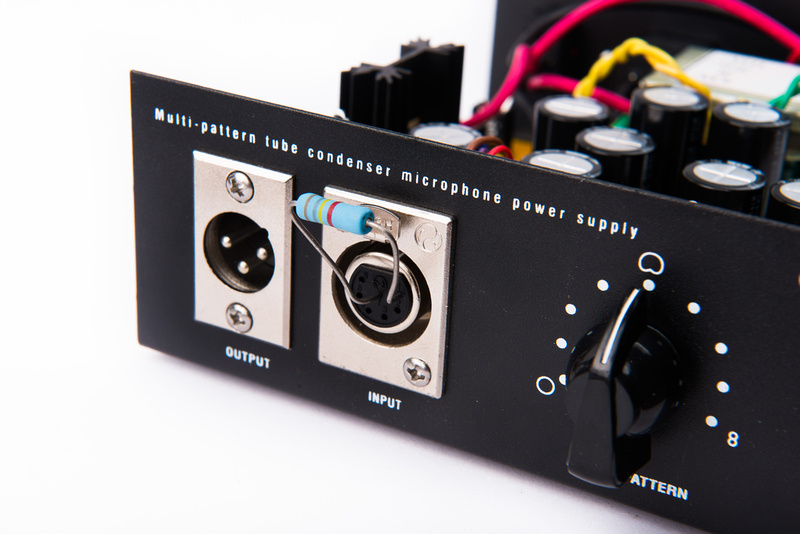Oops, I missed that somehow. For some reason the tube is not conducting current.
Is the heater correctly trimmed at 6.3V? Can you see the heater lighting up in the tube? Which side of the tube did you select? If you are using the 'A' side (pins 1,2,3), then the heater voltage must be present across pins 4 and 9. If you selected side 'B' (6,7,8), then the heater voltage will be present across pins 5 and 9.
I would measure this right at the tube socket pins. If you are worried about damaging the capsule due to the high polarization voltage, you can just disconnect the capsule leads until you get the tube conducting.



